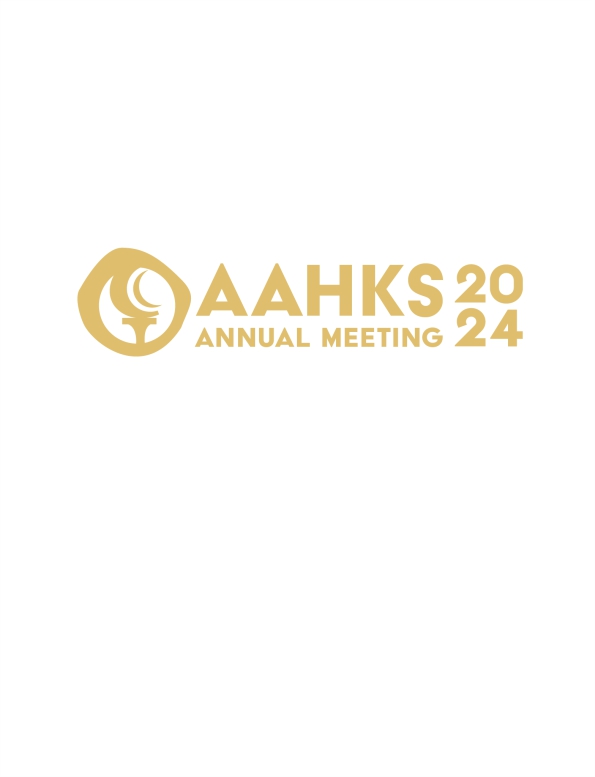
AAHKS 2024: ATX-101 provides sustained pain relief in TKA patients

AAHKS 2024: ATX-101 provides sustained pain relief in TKA patients
ATX-101 provides sustained pain relief in TKA patients: results of a multicentre double-blind RCT
CONFERENCE ACE REPORTS
This ACE Report is a summary of a conference presentation or abstract. The information provided has limited the ability to provide an accurate assessment of the risk of bias or the overall quality. Please interpret the results with caution as trials may be in progress and select results may have been presented.
Synopsis
One hundred and twelve patients undergoing total knee arthroplasty were randomized to receive either ATX101 (1000 mg, n=37 or 1500 mg, n=37) or a control treatment (bupivacaine, n=34 or placebo, n=4). The primary outcome of interest was the area under the curve (AUC) of pain intensity measured by the Numerical Rating Scale for Resting Pain (NRS-R) from 30 minutes to 8 days. Secondary outcomes incl...
To view the full content, login to your account,
or start your 30-day FREE Trial today.
FREE TRIAL
LOGIN
Forgot Password?
Explore some of our unlocked ACE Reports below!

Learn about our AI Driven
High Impact Search Feature
Our AI driven High Impact metric calculates the impact an article will have by considering both the publishing journal and the content of the article itself. Built using the latest advances in natural language processing, OE High Impact predicts an article’s future number of citations better than impact factor alone.
Continue



 LOGIN
LOGIN

Join the Conversation
Please Login or Join to leave comments.